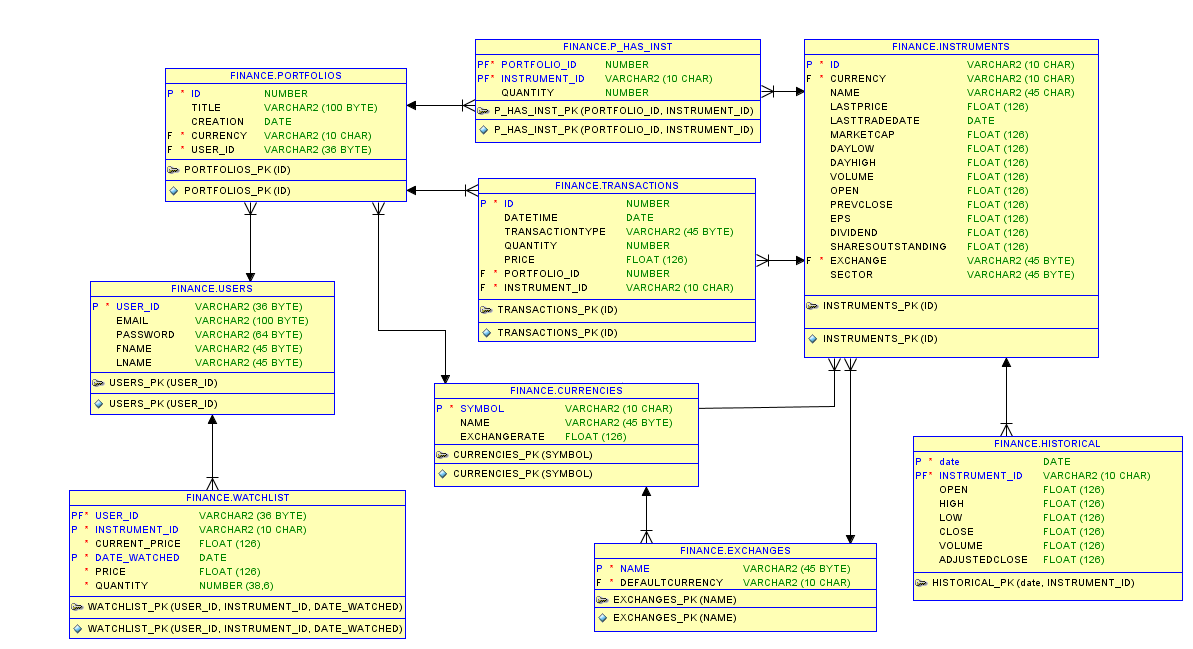Contents:


The calculation period of predetermined overhead is starting of the accounting period. The overhead rate is being calculated by dividing the estimated cost of manufacturing overhead with estimated base units. The total base units are the number of units or machine hours or any other allocation base such as labor hours, direct material, etc. Commonly used allocation bases are direct labor hours, direct labor dollars, machine hours, and direct materials cost incurred by the process. If an actual rate is computed monthly or quarterly, seasonal factors in overhead costs or in the activity base can produce fluctuations in the overhead rate.
- To calculate the predetermined overhead, the company would determine what the allocation base is.
- For this reason, direct labor hours or direct labor costs are the most commonly used allocation bases.The predetermined overhead rate is based on an estimate of overhead costs, production needed, and sales.
- This is related to an activity rate which is a similar calculation used in Activity-based costing.
- The predetermined overhead rate calculation shown in the example above is known as the single predetermined overhead rate or plant-wide overhead rate.
- Larger organizations may employ a different predetermined overhead rate in each production department, which tends to improve the accuracy of overhead application by employing a higher level of precision.
Activity cost drivers give a more accurate determination of the true cost of business activity by considering the indirect expenses. The variance needs to be calculated between absorbed and actual overheads. If overheads absorbed are less than actual, adjusting entry to increase expense is posted in the accounting record and vice versa. If there are no significant changes, the Predetermined Overhead Rate will be kept for use in the following year. The rate is calculated based on the assumption, and mostly there is small material that we could not avoid. This means that the overhead that is applied to jobs or products is different than the actual overhead from the product or job.
Importance And Usage Of Predetermined Overhead Rate
It doesn’t reflect the actual overhead cost after the project or job is completed. A predetermined overhead rate is an estimated ratio of overhead costs calculated before a project or job begins. The labor hour rate is calculated by dividing the factory overhead by direct labor hours.
We saved more than $1 million on our spend in the first year and just recently identified an opportunity to save about $10,000 every month on recurring expenses with Planergy. The GoCardless content team comprises a group of subject-matter experts in multiple fields from across GoCardless. The authors and reviewers work in the sales, marketing, legal, and finance departments. All have in-depth knowledge and experience in various aspects of payment scheme technology and the operating rules applicable to each.
How to Calculate the Predetermined Overhead Rate
Divide the total overhead cost by the monthly labor cost and multiply by 100 to express it as a percentage. To measure the efficiency with which business resources are being utilized, calculate the overhead cost as a percentage of labor cost. The lower the percentage, the more effective your business is in utilizing its resources. The cost of revenue is the total cost of manufacturing and delivering a product or service and is found in a company's income statement. Overhead rate is a cost allocated to the production of a product or service.

Fixed costs would include building or office space rent, utilities, insurance, supplies, maintenance, and repair. Unless a cost can be directly attributable to a specific revenue-generating product or service, it will be classified as overhead, or as an indirect expense. Indirect costs are the overhead costs or costs that are not directly tied to the production of a product or service.
What are the Disadvantages of using Predetermined Overhead Rate?
Indirect costs are costs that are not for the manufacturing of a product. Predetermined overhead is being computed at the beginning of each period of production of a product or service on the allocation base. Allocation basis is such as machine hours, direct labor hours, and direct material.
Form 10-K NATIONAL BANKSHARES INC For: Dec 31 - StreetInsider.com
Form 10-K NATIONAL BANKSHARES INC For: Dec 31.
Posted: Fri, 10 Mar 2023 08:00:00 GMT [source]
The formula used to compute the predetermined overhead rate uses estimates. Since both the numerator and denominator of the calculation are comprised of estimates, it is possible that the result will not bear much resemblance to the actual overhead rate. This approach is used when costs exist and there is an expected benefit, even though the costs cannot be directly traced to the benefit. The assigning of expenses to a product or time period must be done in an objective and consistent manner. Examples of such expenses would include equipment rental for a factory or property insurance for the factory. Again, this predetermined overhead rate can also be used to help the business owner estimate their margin on a product.
The grant accounting is calculated by dividing the amount of the total indirect costs by the amount of labor hours anticipated to produce the product. To that, you can add any direct costs to arrive at the total cost for producing the shoes. If your direct costs are $15, for instance, then the total cost to manufacture the shoes is $25.
Simplifying historical data analysis to identify divergence from past trends and make more accurate estimates. Allows leadership to calculate important financial benchmarks and use that data for more accurate, timely, and strategically valuable decision making. Reduces indirect expenses in several important areas by eliminating the need for paper-based workflows. Writing professionally since 2004, Charmayne Smith focuses on corporate materials such as training manuals, business plans, grant applications and technical manuals. Smith's articles have appeared in the "Houston Chronicle" and on various websites, drawing on her extensive experience in corporate management and property/casualty insurance. The difference between predetermined amounts of overhead and the actual figures may be charged to expense, which will have an impact on your profit and inventory asset.
Categorized as https://1investing.in/ costs, manufacturing overhead costs are expenses that result from the manufacturing of the organization’s products. These costs are only incurred because of production, and they include items such as equipment and building depreciation, facility maintenance, factory utilities and factory supplies. Manufacturing overhead costs can also include the salaries of some manufacturing employees. The common allocation bases are direct labor hours, direct labor cost, machine hours, and direct materials.
This simple formula is the key to unlocking the insights that will help you take control of your indirect costs and ensuring every dollar spent provides maximum value and return on investment . Notice that the formula of predetermined overhead rate is entirely based on estimates. The overhead applied to products or job orders would, therefore, be different from the actual overhead incurred by jobs or products.

That amount is added to the cost of the job, and the amount in the manufacturing overhead account is reduced by the same amount. At the end of the year, the amount of overhead estimated and applied should be close, although it is rare for the applied amount to exactly equal the actual overhead. For example,Figure 8.41shows the monthly costs, the annual actual cost, and the estimated overhead for Dinosaur Vinyl for the year.
CHEGG PRODUCTS AND SERVICES
For example, the cost of Job 2B47 at Yost Precision Machining would not be known until the end of the year, even though the job will be completed and shipped to the customer in March. For these reasons, most companies use predetermined overhead rates rather than actual overhead rates in their cost accounting systems. The predetermined overhead rate is set at the beginning of the year and is calculated as the estimated overhead costs for the year divided by the estimated level of activity for the year. This activity base is often direct labor hours, direct labor costs, or machine hours.
The calculation of the overhead rate has a basis on a specific period. So, if you wanted to determine the indirect costs for a week, you would total up your weekly indirect or overhead costs. You would then take the measurement of what goes into production for the same period. So, if you were to measure the total direct labor cost for the week, the denominator would be the total weekly cost of direct labor for production that week. Finally, you would divide the indirect costs by the allocation measure to achieve how much in overhead costs for every dollar spent on direct labor for the week.
Fixed costs are those that remain the same even when production or sales volume changes. So if your business is selling more products, you’ll still be paying the same amount in rent. For example, if ABC Manufacturing's actual manufacturing overhead was $100,000 but their applied manufacturing overhead was only $60,000, they underapplied $40,000. Conversely, if the actual manufacturing overhead was $100,000 but their applied manufacturing overhead was $120,000, they overapplied by $20,000.

Let's assume a company has overhead expenses that total $20 million for the period. The company wants to know how much overhead relates to direct labor costs. The company has direct labor expenses totaling $5 million for the same period. •Some overhead costs, like factory building depreciation, are fixed costs. If the volume of goods produced varies from month to month, the actual rate varies from month to month, even though the total cost is constant from month to month.
Additionally, she has experience in the salon, clothing, and retail sectors. Madison holds a BBA in Entrepreneurship and Marketing from The University of Houston. Calculate the labor cost, which includes not just the weekly or hourly pay but also health benefits, vacation pay, pension, and retirement benefits paid by the employer. The operating and cost data are given next for three separate companies. The adjustment made to eliminate this difference at the end of the period is called the disposition of over or underapplied overhead.
Ultimate Guide To Ridley Scott And His Directing Techniques - Indie Film Hustle
Ultimate Guide To Ridley Scott And His Directing Techniques.
Posted: Fri, 30 Sep 2022 07:00:00 GMT [source]
The given formula is used to calculate the predetermined overhead rate. A company uses a predetermined overhead rate to allocate overhead costs to the costs of products. Indirect costs are estimated, a cost driver is selected, cost driver activity is estimated, and then indirect costs are applied to production output based on a formula using these data. The machine hours simply represent the total number of hours the machine is in operation.